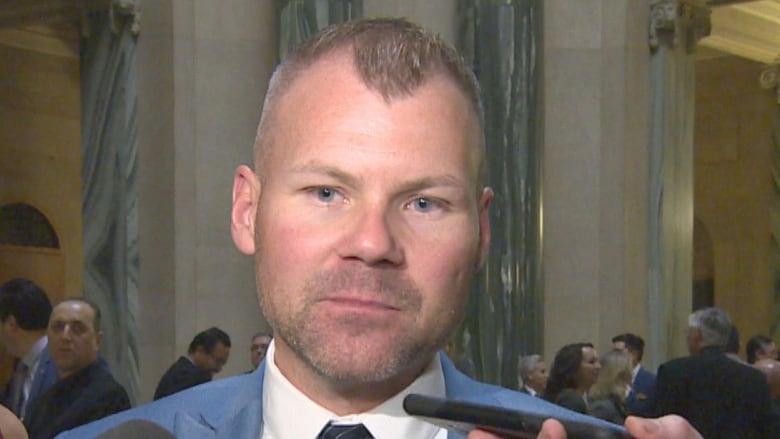Sask. carbon reduction plan coming by end of year, says minister
Feds have given provinces until 2018 to decide on their preferred option

The Saskatchewan government says its own tailored plan for how to reduce carbon emissions will be unveiled in the next month and a half.
But little else is confirmed about the highly-anticipated plan.
Environment Minister Dustin Duncan gave a brief update on the plan Wednesday, following a throne speech that doubled down on the province's staunch opposition to the carbon-tax-or-cap-and-trade demand the federal government issued to provinces.
-
Justin Trudeau gives provinces until 2018 to adopt carbon price plan
-
Sask. premier not happy with federal government's response on carbon tax letter
Duncan suggested that industry members will be warm to the Saskatchewan proposal once it's released before the current session of the legislative assembly wraps on Dec. 6.
"We want to build in a great deal of flexibility for how industry is going to achieve the standards that we put in place," said Duncan.
"We're still working that through the process in terms of what type of flexible mechanisms will be in place."
Duncan also said that the plan will "build on" the climate change white paper released by the province a year ago.
Besides calling on the federal government to redirect more than $2 billion earmarked for climate change measures in developing countries to research and innovation programs in Canada, the white paper also proposed charging a levy on large emitters.That money is to be used for new technology and innovation to reduce greenhouse gases.
Deadline looming
Duncan went on to refer to the plan as "a much more fulsome, well-rounded plan" than either a price on carbon or a cap-and-trade system.
Saskatchewan is cutting it close: the federal government has given provinces until 2018 to decide on their preferred option.
Duncan said Saskatchewan expects to hear from Ottawa about its tailored plan before the deadline.
The throne speech highlighted other ways the province has looked to cut its emissions, such as SaskPower's intended aim to expand renewable power to 50 per cent of its total generating capacity by 2030.
The utility's Boundary Dam 3 project, which the province poured $1.3 billion into, has cut the province's carbon dioxide emissions by 1.6 million tonnes, taking the equivalent of 400,000 cars off the roads, according to the government.
With files from Adam Hunter